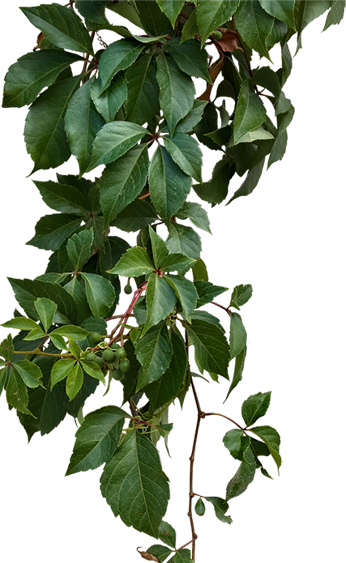
10 Tips for Growing Vegetables Indoors with LED Grow Lights (NZ Guide)
- Home
- 10 Tips for Growing Vegetables Indoors with LED Grow Lights (NZ Guide)
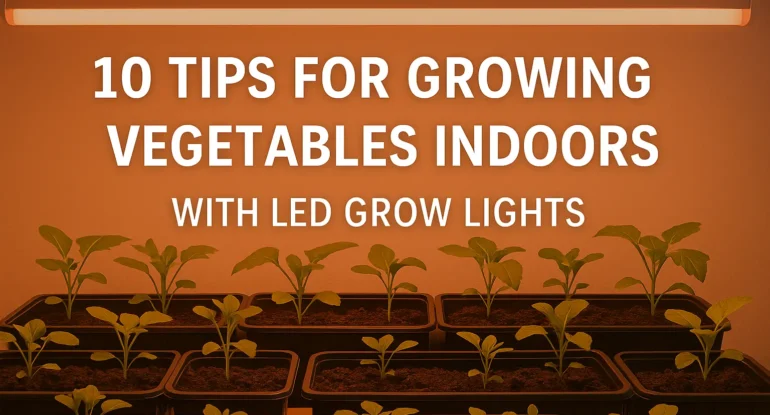
10 Tips for Growing Vegetables Indoors with LED Grow Lights (NZ Guide)
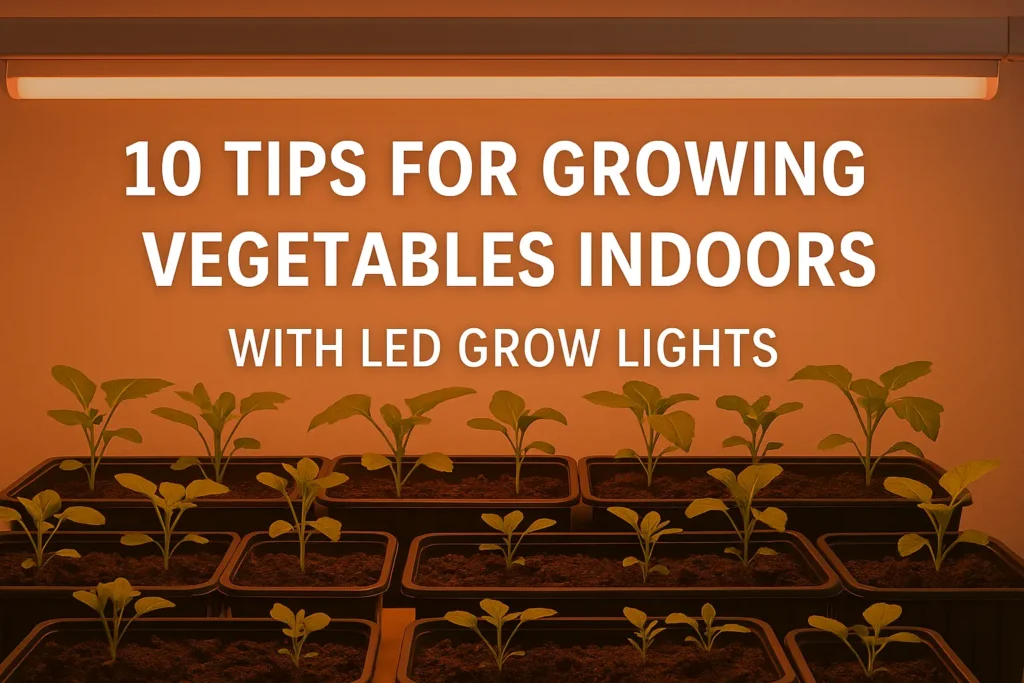
With unpredictable weather, limited garden space, and rising food costs, more New Zealanders are turning to indoor vegetable growing. Using LED grow lights, you can grow fresh vegetables year-round—whether you’re a city dweller in Auckland or a hobbyist in Dunedin.
LED technology has evolved significantly, offering full-spectrum, energy-efficient lighting solutions that replicate natural sunlight. In this guide, you’ll discover 10 expert tips to grow vegetables indoors using LED grow lights, optimized for New Zealand conditions and tailored to support beginner and commercial growers alike.
✅ Why Use LED Grow Lights for Indoor Vegetable Growing?
Traditional lighting methods like fluorescent or HPS bulbs are inefficient, hot, and limited in spectrum. LED grow lights, especially full-spectrum LED bars, are ideal because they:
Mimic natural sunlight
Emit low heat
Consume less power
Last over 50,000 hours
Offer adjustable spectrums for different plant stages
For urban gardeners, hobbyists, and hydroponic farmers in NZ, LED lighting for vegetables is a smart, sustainable investment.
🌱 Tip 1: Choose the Right Vegetables to Grow Indoors
Not all vegetables thrive indoors. Start with compact, fast-growing, and low-maintenance varieties. Ideal crops include:
Lettuce
Spinach
Kale
Cherry tomatoes
Basil and other herbs
Radishes
Peppers (Capsicum)
Spring onions
These crops do well in low-to-medium light environments and have short growth cycles, making them perfect for indoor setups in NZ homes or greenhouses.
💡 Tip 2: Select Full-Spectrum LED Grow Lights
The best LED grow lights for vegetables are full-spectrum lights that cover the blue and red light ranges, essential for photosynthesis and fruiting. Look for:
Blue light (400–500 nm): Encourages leafy growth
Red light (600–700 nm): Aids flowering and fruiting
PAR output (Photosynthetically Active Radiation): At least 100–300 µmol/m²/s for most vegetables
Brands like Growlight NZ offer high-quality grow bars and panels tailored for the New Zealand climate and power standards.
🛠️ Tip 3: Set the Correct Light Height and Distance
Too close, and you risk burning your plants. Too far, and they may stretch and become leggy. A general rule:
Seedlings: 30–40 cm above plant canopy
Vegetative stage: 40–50 cm
Fruiting stage: 50–60 cm
Adjust light distance weekly to ensure uniform coverage and healthy vertical growth.
⏱️ Tip 4: Maintain an Ideal Light Schedule
Mimicking the natural photoperiod is key for indoor vegetable success. For most leafy greens and fruiting plants, follow:
Seedlings: 16–18 hours of light daily
Vegetative stage: 14–16 hours
Flowering/fruiting stage: 12–14 hours
Use an automatic timer to maintain consistency—critical for plant circadian rhythms.
💧 Tip 5: Don’t Overwater Indoors
Plants grown under LEDs transpire less because there’s less heat compared to sunlight. Overwatering is one of the most common indoor growing mistakes. To avoid root rot:
Use well-draining soil or coco peat
Water when the top 2–3 cm of soil feels dry
Consider self-watering containers or hydroponic setups for precision
🌡️ Tip 6: Maintain Optimal Temperature and Humidity
LEDs produce less heat, but maintaining the right environment is still important:
Ideal temperature: 18–24°C for most vegetables
Humidity: 50–70%
Use small fans for airflow to prevent mold or fungus
For sealed grow rooms, a dehumidifier or humidifier may be helpful
In colder regions of NZ, consider heat mats or insulated grow tents.
🧪 Tip 7: Use Organic or Hydroponic Nutrients
Indoor vegetables still need nutrients, even in high-tech setups. Choose:
Hydroponic nutrient solutions (if using hydro systems)
Organic compost tea or liquid kelp for soil-based systems
Follow the feed schedule—more is not better!
Watch for signs of nutrient deficiency: yellowing leaves (nitrogen), poor root development (phosphorus), or leaf curling (potassium).
🪴 Tip 8: Maximise Your Space with Vertical Farming Racks
Limited on space? Indoor LED grow lights pair perfectly with vertical farming systems, allowing you to:
Grow more in less space
Stack multiple trays or hydroponic layers
Increase production for commercial growers
Use reflective walls or Mylar sheets to bounce light and improve coverage.
🔄 Tip 9: Rotate Plants Regularly
To promote even light distribution and growth:
Rotate pots or trays every few days
Ensure all sides receive balanced exposure
Avoid shadowing from taller plants
This helps prevent lopsided or leggy vegetable growth—common in static indoor setups.
🧼 Tip 10: Keep Equipment Clean and Well-Maintained
Indoor grow setups are susceptible to mold, pests, and mineral buildup. Regular maintenance includes:
Cleaning LED bars and reflectors monthly
Sterilizing trays and containers between cycles
Checking wiring and timers for faults
Replacing filters or airflow units as needed
Clean environments lead to healthier vegetables and fewer problems down the line.
🌿 Success Story: A Home Grower in Wellington
After installing a 3-tier LED grow system in his garage, James from Wellington began growing lettuce, basil, and cherry tomatoes year-round. With Growlight NZ’s full-spectrum panels and automated timers, he cut his grocery costs and now supplies fresh greens to neighbors. His system uses only 250 watts—cheaper than his kettle!
🎯 Final Thoughts
Growing vegetables indoors with LED grow lights is a game-changer for New Zealanders looking for fresh, local, and pesticide-free produce. Whether you’re a hobbyist or a commercial grower, you’ll benefit from:
Consistent yields
Space-saving setups
Energy efficiency
Year-round harvests
With the right tools and strategies, your indoor garden can thrive—no matter the season or space.
Frequently Asked Questions (FAQs)
1. What vegetables grow best indoors under LED lights?
Answer: Leafy greens like lettuce, spinach, kale, and herbs (basil, parsley, coriander) are ideal. Compact varieties of tomatoes, peppers, radishes, and spring onions also thrive well indoors with proper LED lighting.
2. How many hours should I run LED grow lights for indoor vegetables?
Answer: Most vegetables need 14–16 hours of light per day. Seedlings may need up to 18 hours, while fruiting crops like tomatoes benefit from 12–14 hours during flowering stages. Use timers for consistency.
3. What is the best type of LED grow light for vegetable growing?
Answer: Full-spectrum LED grow lights are best as they mimic natural sunlight. They provide essential blue and red wavelengths needed for strong leafy growth, flowering, and fruiting.
4. How far should LED grow lights be from vegetable plants?
Answer:
Seedlings: 30–40 cm above the plants
Vegetative growth: 40–50 cm
Fruiting: 50–60 cm
Adjust height based on plant response and light intensity (measured in PPFD or PAR).
5. Can I grow vegetables indoors in winter in New Zealand?
Answer: Yes! With the right indoor setup and high-efficiency LED grow lights, you can grow vegetables year-round in any NZ climate—rain or shine.
6. Do indoor vegetables taste the same as outdoor-grown ones?
Answer: When grown under proper lighting and conditions, indoor vegetables can taste just as fresh—if not better—because you control light, nutrients, and water precisely.
7. Is growing vegetables indoors with LED lights expensive?
Answer: Not necessarily. While the initial cost of quality LED grow lights may be higher, they are energy-efficient and last years, offering better long-term savings compared to traditional lights or buying vegetables from stores.
8. Can I use LED grow lights in a small apartment or urban home?
Answer: Absolutely. Compact, low-heat LED bars or panels are ideal for small spaces like apartments or balconies. Vertical racks, windowsills, and grow tents maximize growing capacity even in tight areas.
Popular Products
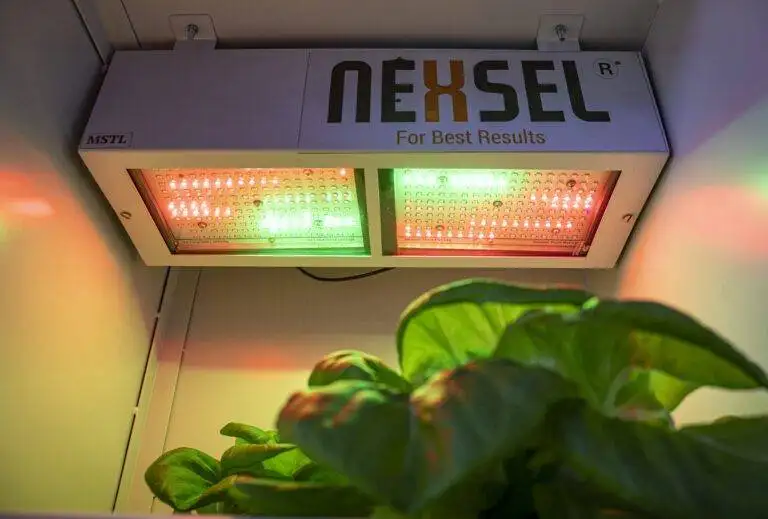
Enquire Now
Quick Link
Other Links
Design & Developed By VBTEK

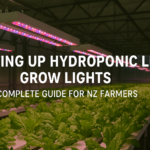
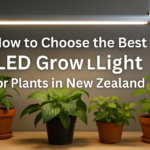
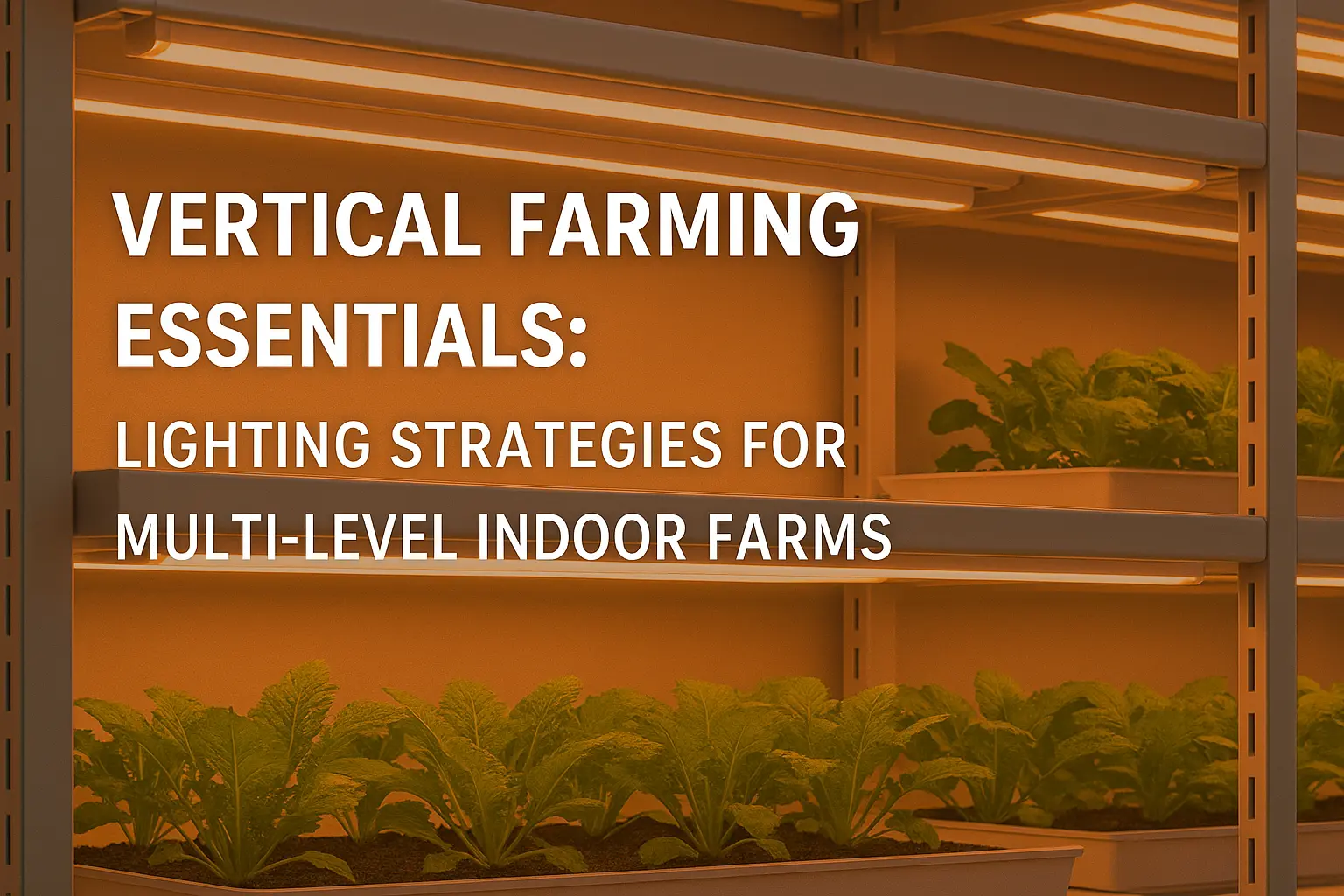
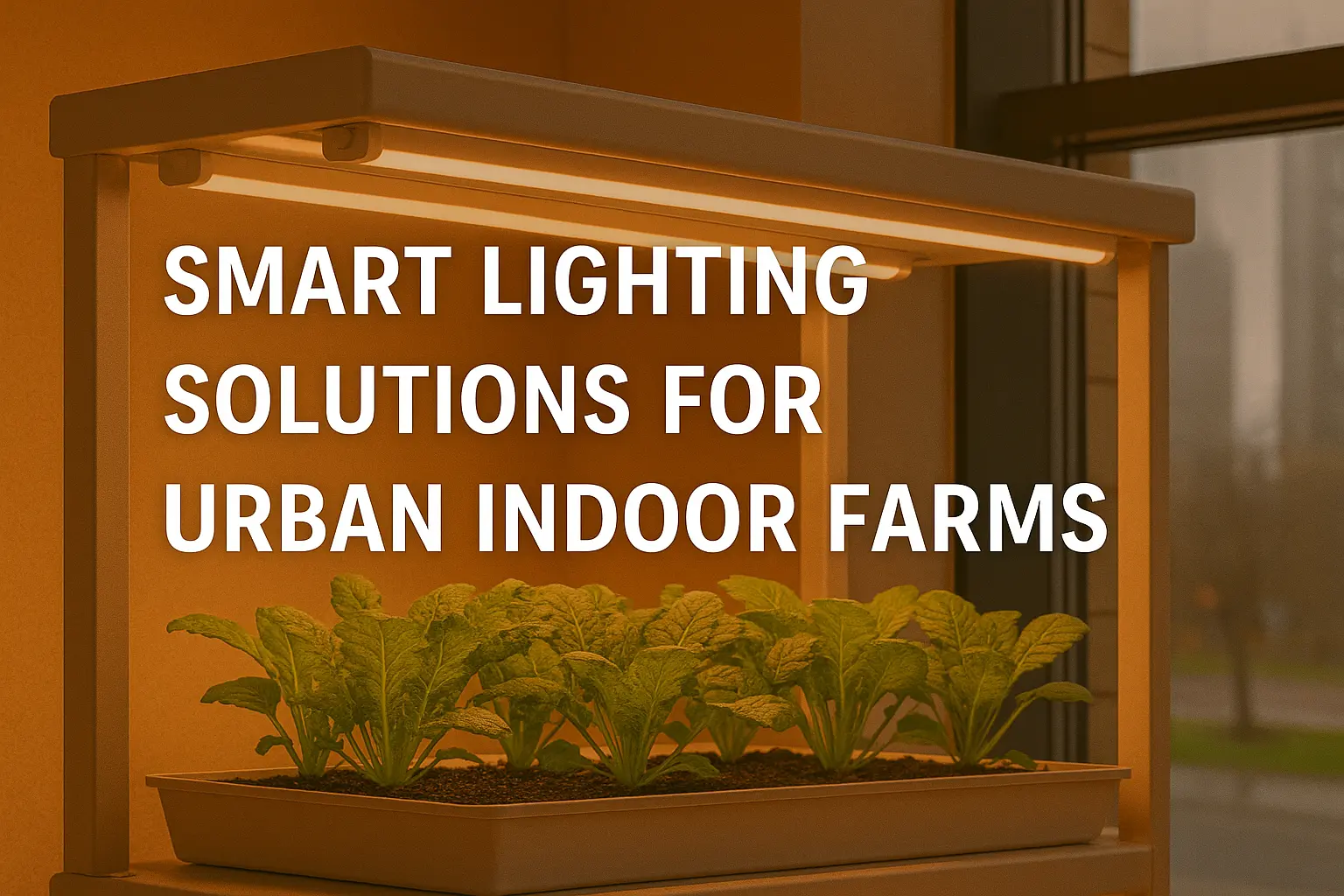
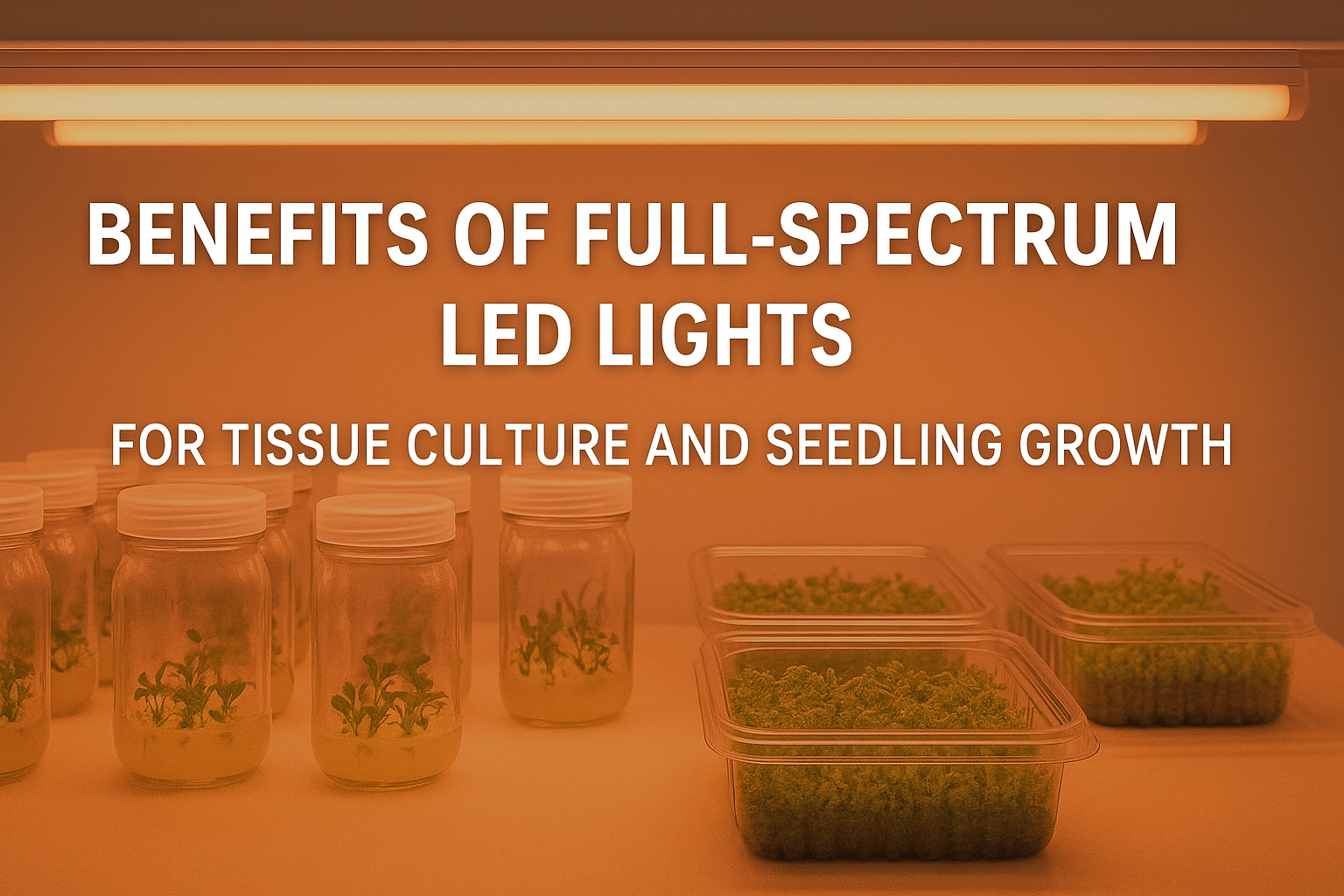
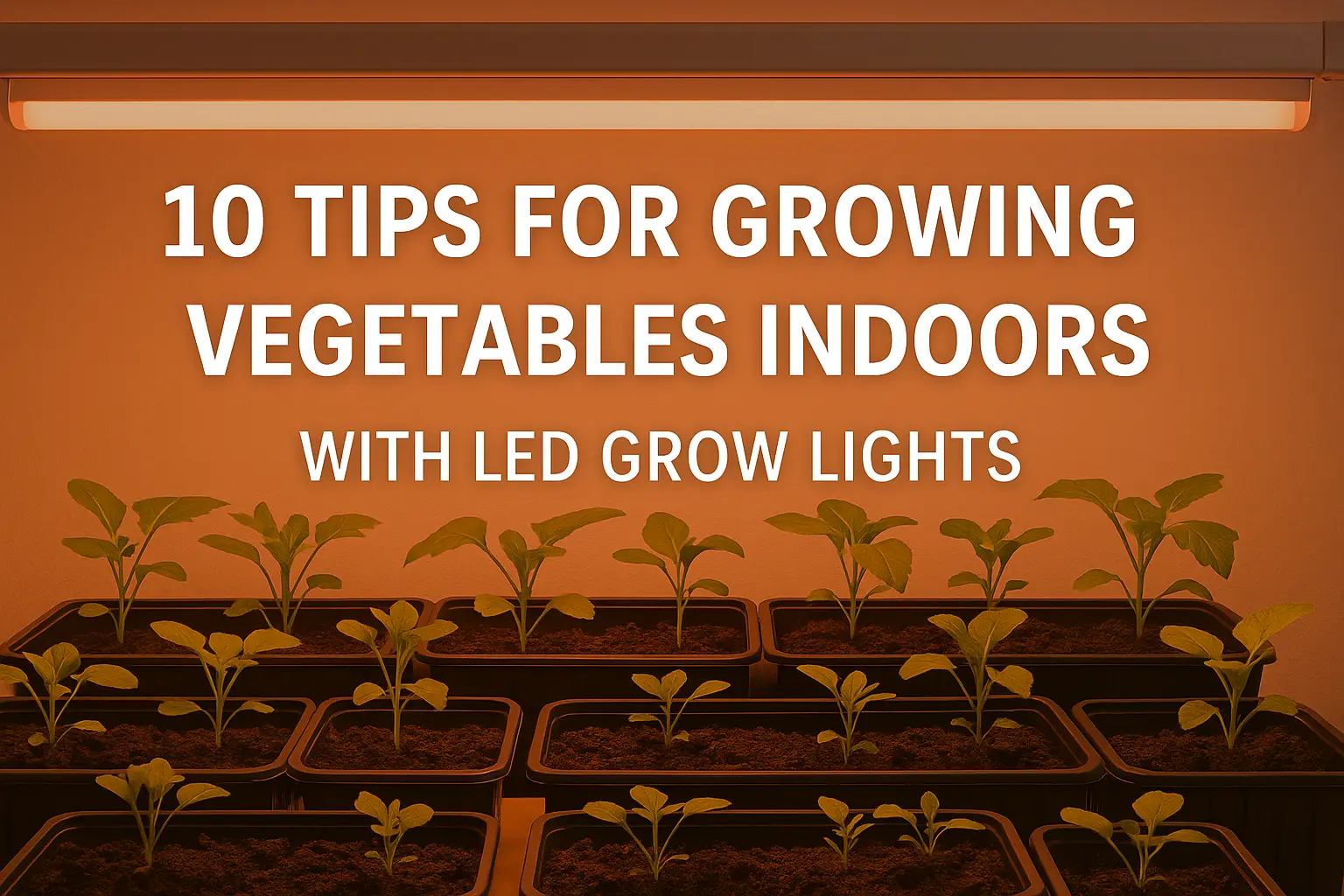
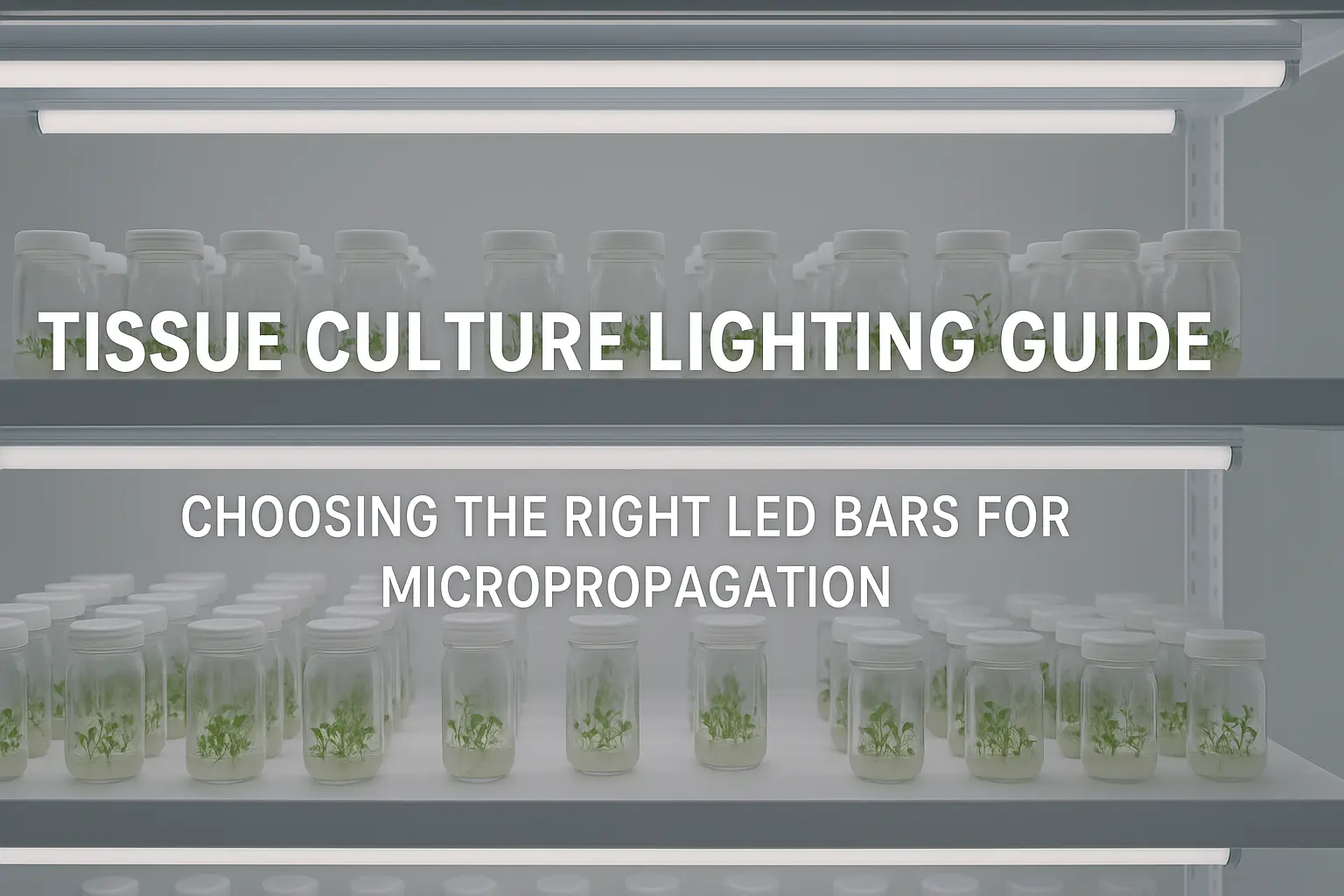
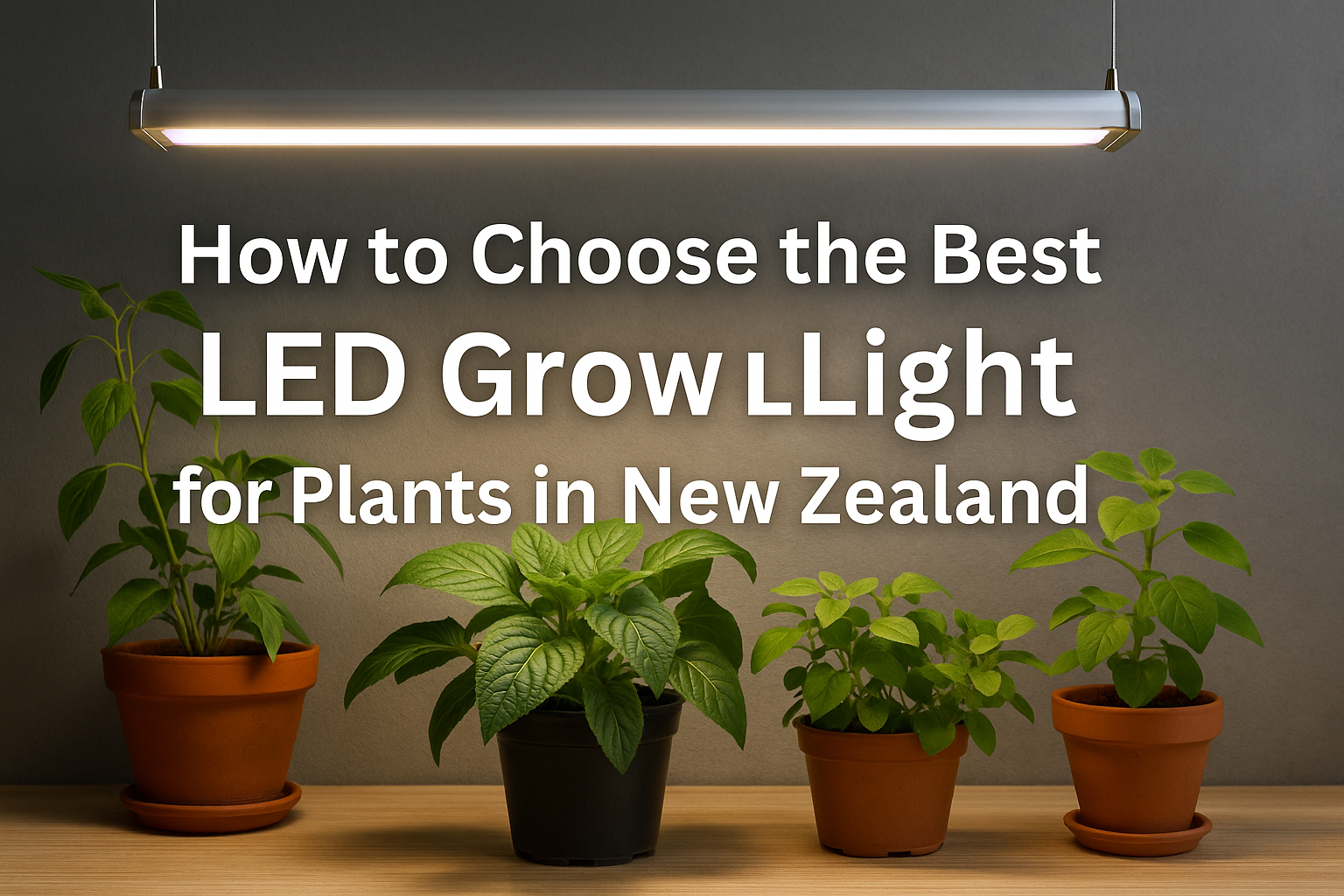



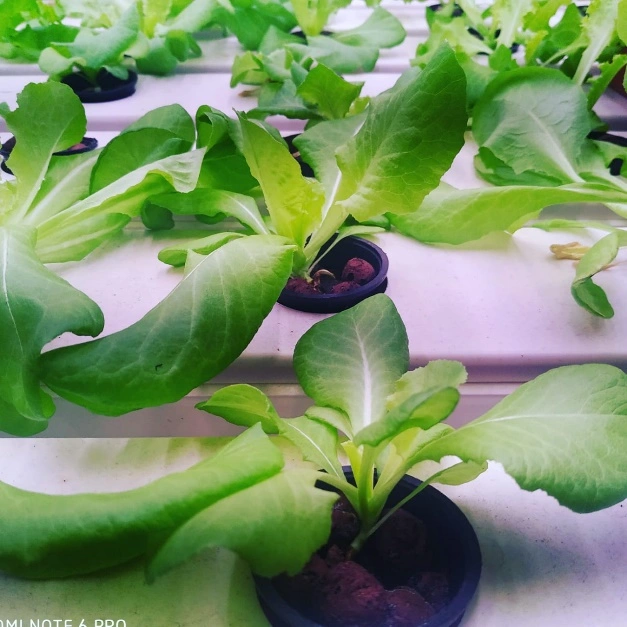

Leave A Comment